Automatic transmission training
How to use automatic transmission and tiptronic
Published: 2025-05-19 08:37:48
Last edited: 2025-05-19 08:37:48
Author: Administrator
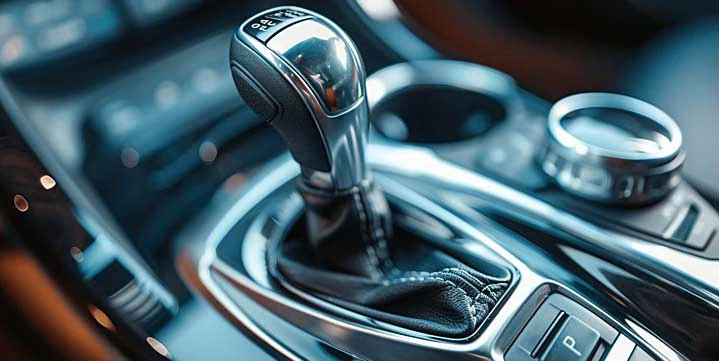
The location and shape of the gear lever in cars with automatic transmissions can vary, but in general there are three possible modes. A typical automatic gear lever is in the middle of the console, a rotating circle with buttons and lights, or behind the steering wheel similar to a steering wheel. But the function of all of them is the same according to the P-R-N-D concepts. For example, in a typical gear lever, you have to move the gear lever to enter park mode, but in a Mercedes-Benz with a gear lever behind the steering wheel, the park mode is a button on the gear lever.
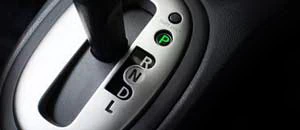
P (Park):
Selecting this gear mechanically locks the transmission output shaft, preventing the vehicle from moving. This is accomplished by a gear mounted on the transmission output shaft and a park pawl engaging the gear, locking the output shaft.
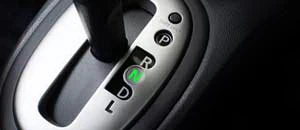
Neutral (N):
In this case, the engine's driving force is separated from the wheels by the gearbox and the wheels can be freed from the engine and move. This gear and the park gear are the only modes for starting the engine. If the engine turns off while driving, this mode is used to start and restart it. And the car must be in D gear while driving.
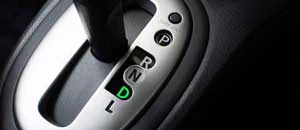
D (Drive):
This mode is used to drive forward and change all gears automatically. Before 1995, cars were equipped with three forward gears, and then fourth and fifth gears were added. Today's cars such as the Toyota Camry, Hyundai, Kia, BMW 3, 5 and 7 series have six-speed forward transmissions, and even high-end Benz models are equipped with seven-speed forward transmissions.
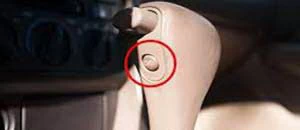
OD (Overdrive):
This mode was installed on cars with early electronically controlled transmissions. The overdrive switch is a mode suitable for on-road and highway driving and for city driving. This mode is usually activated by a small button on the gear lever body and is rarely found in modern cars.
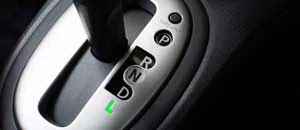
: L2: This mode is the heavy gear of automatic cars, which is used on long downhills, especially on mountain roads. In this mode, the engine is used for braking, because frequent braking causes the brake pads to heat up, and the heat itself reduces friction, and ultimately the brakes do not work at high temperatures. In this mode, gear shifting is reduced to 2nd gear, which causes engine braking. In some models, such as the Pride, in L2 mode, the car starts moving in second gear. (It is also used for driving on snow and ice)
L1: This mode is the same as L2 as the heavy gear, but in this mode the car remains in first gear and is used for low speeds.

Tiptronic:
In tiptronic cars, the car's gearbox is the same as the automatic gearbox, and the difference is in the gear lever and the computer programs. In this way, there is a sensor in the gear lever that when you move the gear lever to the tiptronic position, this sensor informs the gearbox computer that the driver wants to change gears himself, and for this reason, moving the gear lever to the tiptronic position is possible while driving. However, the command that you send by moving the gear lever is transmitted to the gearbox through the computer, and if the computer notices that the driver is not giving the correct command, it sends the correct command itself to prevent the car from malfunctioning and malfunctioning. For example, if the driver does not change gears and the engine speed reaches the red zone (dangerous) for the engine, it changes gears itself, or if you stop in fourth gear, it downshifts to first gear.
The first use of Tiptronic is to give the driver the option of driving in a gear, but it's more important function is to provide a heavy gear or engine brake for long downhill driving, where continuous braking can overheat the brake pads, and the increase in the temperature of the brake pads lowers the friction coefficient, which causes complete braking. Using Tiptronic is also used in the city, for example, in light traffic where you are constantly moving and the gear is shifted from one to two and you have to brake and stop again, you can keep the gear in one or two by entering Tiptronic.
While driving, the gearbox mode can be changed to Tiptronic, usually by moving the gear lever to the left or right, and by moving the gear lever forward and backward towards the plus and minus signs, we increase or decrease the gear. In some cars, the plus and minus buttons are also located behind the steering wheel.
More Features:
S key: or sport mode, in this mode the transmission computer runs a program that causes the reverse gears to change later, which increases the power of the gear and makes the car accelerate faster. This mode may be located as a button on the console or as a separate mode on the gear lever, and in some cars this mode does not exist at all.
Star key * or snow icon: This mode is for driving in snow and ice conditions and causes the car to start moving in 2nd gear and also causes lack of literacy and slipping by transferring less power to the wheels. This button is usually present in all automatic transmissions today.
Automatic transmissions in SUVs and off-road vehicles:
If your car has off-road capabilities, or in other words, two differentials and four-wheel drive. The normal movement of the car is according to the steps explained. But there is also a second, smaller gear lever next to the main gear lever, which usually has four positions.
N: Neutral
2H: Two-wheel drive with high range: For normal city driving, it should be in this position.
4H: Four-wheel drive with high range: For driving on icy or slippery roads.
4L: Four-wheel drive with low range: Driving on rocky terrain, going up and down steep slopes, crossing rivers, and situations where the car may be stuck in mud. In this position, gear changes are not made and the car moves in a high gear.
Important tips:
1- The parking gear locks only the wheels to which the engine power is transmitted. Most common cars in Iran are front-wheel drive and the parking gear locks the front wheels. Therefore, be sure to use this gear when the car is completely stopped, otherwise it can cause costly damage and even crushing of the gearbox. Although the parking position locks the output shaft and causes two-wheel locking or braking. For this reason, always pull the handbrake to ensure that the rear wheels of the car also have brakes. Another benefit of the handbrake is that it prevents pressure on the parking lever and also, if it is worn out (too much clearance) or not adjusted, there is a possibility that the gearbox will fall into reverse gear when starting and after starting the engine, in which case the handbrake will also prevent the car from moving.
-2 At red lights or short stops, keep the car in drive and do not release or enter park mode, as this will cause wear and tear on the transmission. In drive mode, when you hold the brake, only a small bearing is engaged, but when you exit and re-enter drive mode, the entire transmission is engaged.
